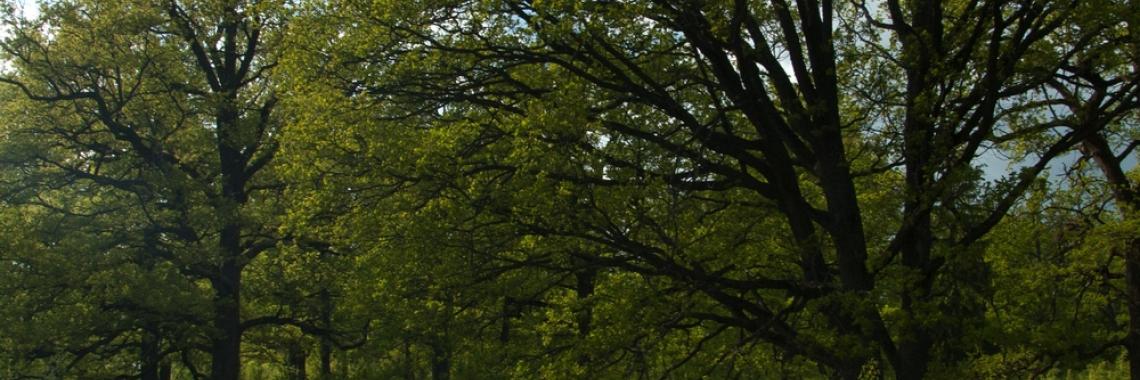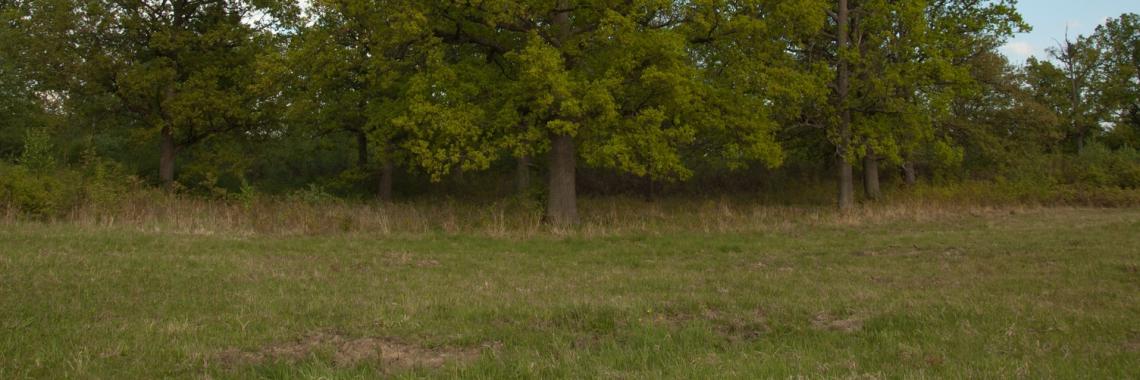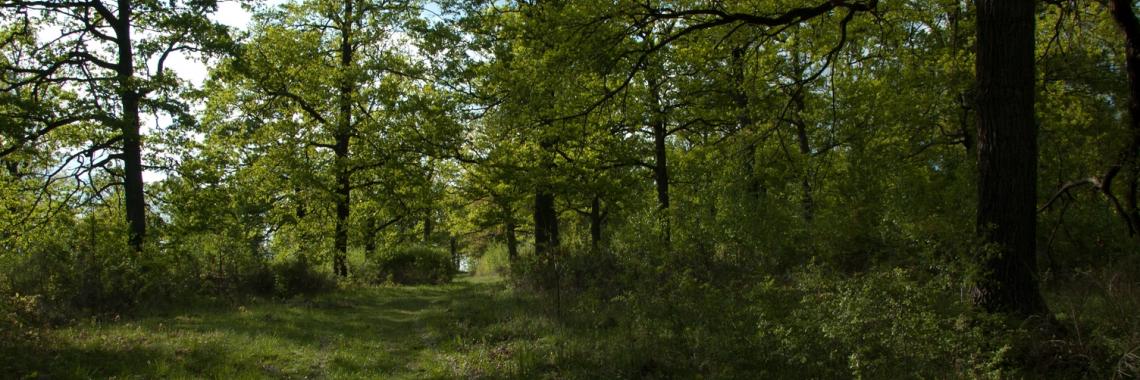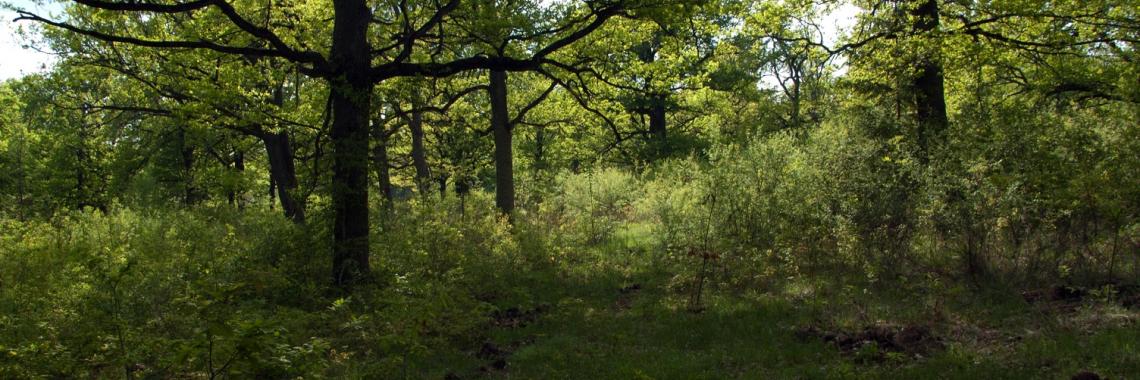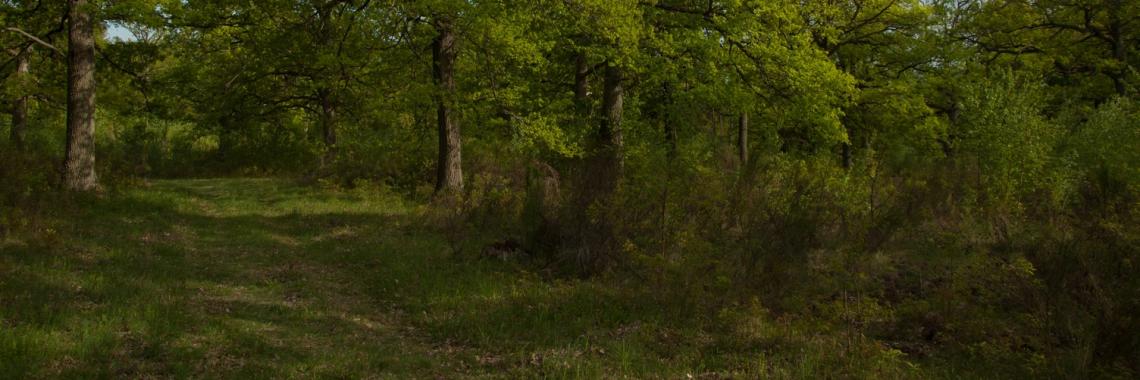Wooded grasslands in Slovakia
26.07.2017, by Bénédicte Gaillard
Research: Martina Slámová, Jana Špulerová, Marta Dobrovodská, Dagmar Štefunková; upload: Bénédicte Gaillard.
Grass covered mosaics originally tended towards mixed system. We have distinguished 2 types of the grass covered mosaics:
- grass covered former mosaics of arable lands, grasslands, orchards (sometimes vineyards) with or without balks, with or without fruit trees on balks. They occur in areas of dispersed settlements (mostly without balks in hilly country of moderate relief) or in highlands of steeper relief, mostly with various balks (terraces, mounds, heaps, etc.). From the natural condition point of view they were uninteresting for intensive cultivation by socialistic cooperative farms. From the biodiversity viewpoint its focuses are on the balks (many species of invertebrates and vertebrates, vegetation – besides herbs and greens there are e.g. Rosa, devilwood, juniper, spruce, fir, beech, hawthorn, oak, hornbeam etc., from the fruit trees there are cherry woods, apple trees, pear, nut trees, plum trees, raspberry, etc.) as well as on the grasses arable land
- grass covered former mosaics of arable lands and grasslands with balks (terraces, mounds, heaps, etc.). They occur in mountain areas of higher altitude and steeper relief. The orchards and the fruit trees on the balks have not been found because of unsuitable climatic conditions..
Abandoned former more intense utilized grasslands (meadows, pastures). They were originally intensively utilized large block grasslands used as meadows or pasture. From the wooden vegetation there are individuals or groups of rosa, devilwood, juniper, beech, spruce, fir, hawthorn, oak, hornbeam etc.,
We have distinguished 2 types:
- wooden grasslands - result of recultivation of former mosaics. They originated in socialism time as in mountain areas in moderate natural condition suitable for heavy agricultural machinery an cultivated by cooperative farms. After 1990 due to changes of political and economic system many of them were abandoned or less utilized. From the biodiversity point of view they are poorer compared with grass covered mosaics or residua of original grasslands (next type)
- wooden grasslands - residua of original traditional meadows and pastures. They occur in highlands and they are situated above mosaics or arable lands as part of closed agricultural system. in the past. Biodiversity is high because of long time cultivation as grasslands.
Demo, M. et al. (2001). Dejiny poľnohospodárstva na Slovensku. Slovak Agricultural
Lukniš, M. et al. (1974). Slovensko - Ľud . Obzor, Bratislava
Tibenským J. et al. (1971). Slovensko – Dejiny. Obzor, Bratislava
Open woodland (naturally, or thinned by anthropogenic activity in the past by pasture, or by young branches harvesting for stock feeding, small trees harvesting, collecting leaves for livestock bedding)
Occurred in the locations with the extreme natural conditions (steep slope, shallow soil layer, lack of ground or rain water)
Occurred mainly in the periods of population growth and the expansion of arable land (700-1900) was the lack of arable land therefore also infertile soils in extreme locations on forest land used to be utilized for sheep, cattle or horses grazing.
The examples are documented by occurence of Robinia groves (Šikrová-Bodnárová, Agriculture, 1954), or Oak and Oak-hornbeam groves in South and Western Slovakia (Lukniš, 1977....) or Betula groves in the past (before the collectivisation of agriculture).
They exist mostly in highlands up to higher altitude (about 1000 m and more) generally of worse soil conditions (more stony and shallower brown forest soils, rankers and rendzinas), steeper slopes, climate of longer winter with snow, less sunny days, more rainfalls. Because Slovakia is country of very heterogeneous substratum and relief conditions as well.
In general wooden pastures can be:
- abandoned, threatened by overgrowing and seldom grazed
- extensively pastured by small flock of sheep or cattle or by individual cows or goats
- yearly one-mown without extensive removal of woody vegetation and regularly extensively grazed as well.
Within original meadows and pastures we can find log hay-barns. Part of some grassed mosaics are isolated groups of traditional residence and farm buildings within dispersed settlements as well as isolated stone cellars and log cellars for agricultural products storage, coming from the period of existence of arable land, and old country roads with traditional crosses and chapels can be found within grassed mosaics.
Some areas of grassed mosaics with sheep grazing are typical by production of special sheep cheese “bryndza” and drink “žinčica”. and production of wood products from pastoral tradition - “valaška” (wood small axe), “črpák” (wood pot for drinking) etc.
Former mosaics were integral part of agricultural system in the mountain areas settled in period of massive colonization in the past. E.g. in some mountain areas the valleys had been divided into equally wide plots and distributed among settlers after deforestation and by inheritance proceedings, they have been divided longitudinally to all inheritors during whole history due to Tripartitum Act. At the bottom of valley there were wet grasslands around the buildings, above them was strip of arable land which was every second year left fallow and grazed by sheep (present grassed covered former mosaics), above this strip were one-mown meadows and above them small pastures (both present residua of original traditional grasslands).
Grassed mosaics with strip plots separated by balks (especially terraces) have high aesthetic value. For local inhabitants they are very symbolic and they are part of their identity. They are witness of traditional historical agricultural activities. The mosaics create genius loci of sites. Untill now the old pastoral songs are preserved. In some areas folklore music festivals with folk arts and handicrafts presentation are being hold.
On the local level there is a strong awareness about overgrowing threat and loss of agricultural lands as well as about ecological and cultural values of former mosaics and original meadows. But on the regional level it is known only for special groups (NGOs, regional associations and representatives, farmer associations etc.). There is a lack of awareness of cultural and ecological value of former mosaics and original grasslands on the national level.

